We live in a world that’s full of wheat-free and alternative flours, and you don’t need gluten to have fun. You can have your cake and get a dose of beans in too. But sorting out the difference between spelt, buckwheat, and oat flours can be confusing, and some wheat flour replacements can still contain gluten. Instead of getting lost in the dust, or accidentally consuming an allergen, use this simple guide as an introduction to what’s what in the world of alternative flours.
The word “flour” may have originally referred to a milled wheat powder in the Western gaze, but the definition has expanded to cover a wider variety of powdered products, and will surely continue to expand even more. The understanding here is that “flour” can mean a powder, usually made from finely ground plant matter, that constitutes the bulk of batter in baking, and thickens, binds, coats. Most of these flours can be found in the grocery store’s baking aisle with alternative flours, or in the gluten-free section, if appropriate.
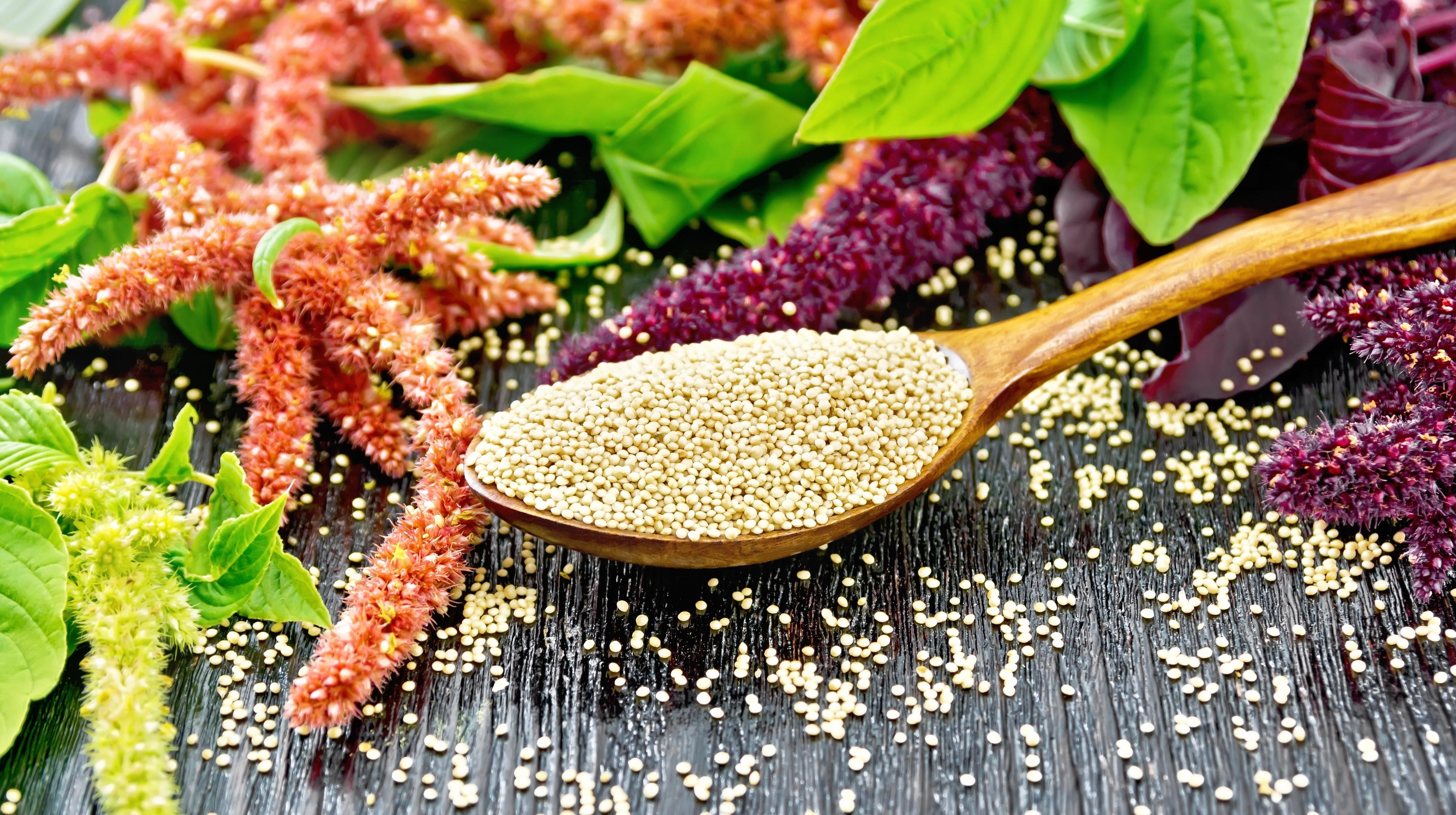
Amaranth flour
Not only do starchy tubers and grains make great flours, but seeds do too. Amaranth is made by finely milling the seeds of the amaranth plant. The flour is gluten-free, has a tawny, light brown colour, and a subtle nutty, malty flavour when used in baked goods. Similarly to potato starch, Amaranth flour is usually added to recipes in addition to other supporting ingredients because it won’t provide much structure on its own. But don’t let that stop you from trying it. Even if you can’t make a tall cake with 100% amaranth flour, you can certainly make pancakes with it. It’s also used in flatbreads like rajgira aloo roti, or amaranth tortillas.
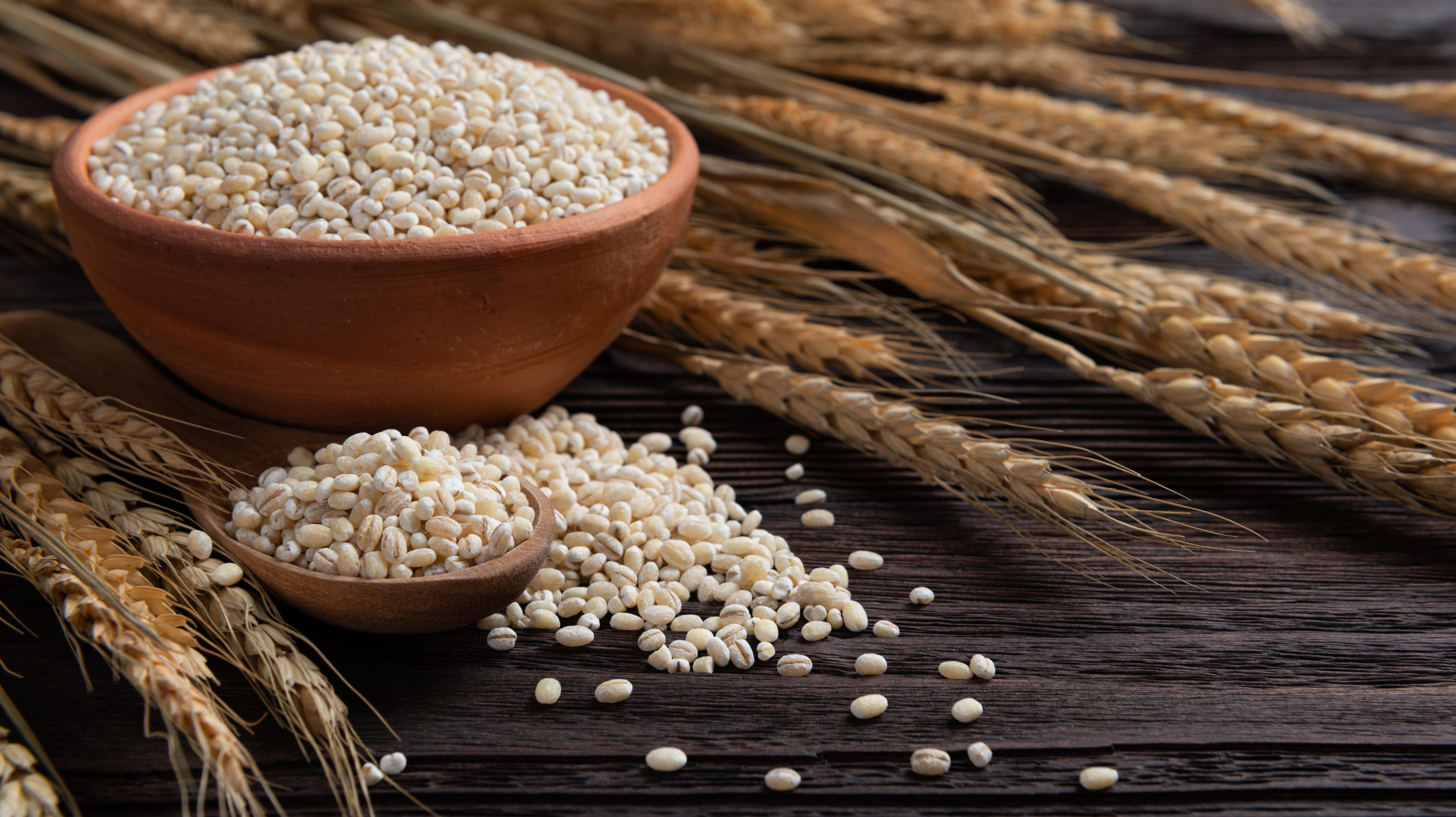
Barley flour
Although barley is not wheat, but a grain, it isn’t a viable replacement for folks with gluten allergies or sensitivities–it’s low-gluten, but it’s not gluten-free. It’s made by grinding the dried pearled or whole barley grain, and is similar in colour and texture to whole grain wheat flour. Barley flour has a noticeably earthy, nutty flavour when used in baking. It contains about five to eight-per cent gluten, so it can hold its own as the sole flour in cakes, cookies, and breads with decent results.
Bean flours
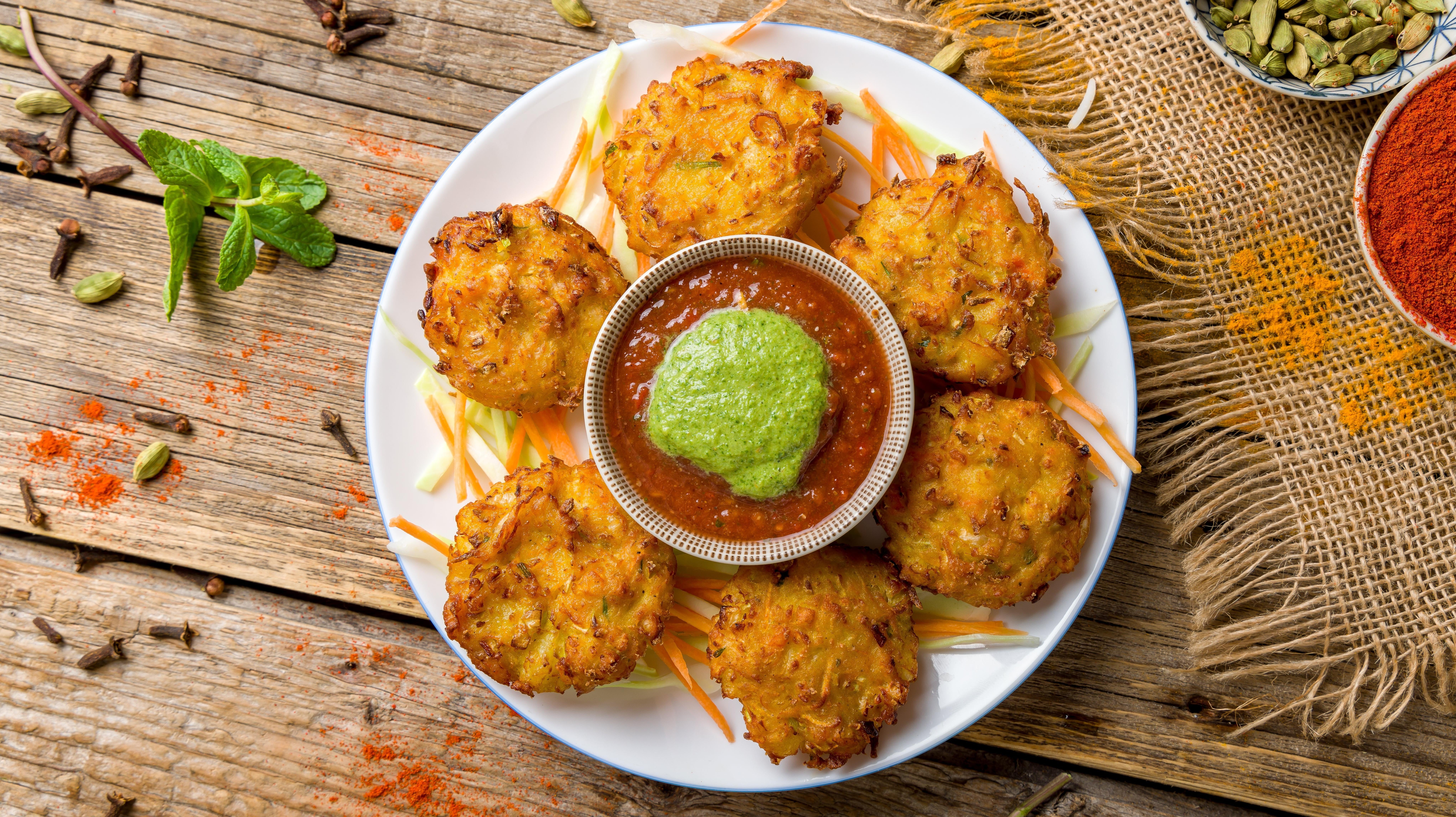
Bean-lovers will never have a shortage of flavorful and versatile flours to choose from. Almost any bean can be turned into flour, but chickpea, black, pinto, pea, fava, navy, and mung bean are popular. Bean flours are made by soaking whole beans, drying them, and milling them into a fine powder. They can vary in colour and flavour, but they often share a nutty, earthy taste and thick texture that really bulks up a batter. Generally, the flavour will reflect how the bean tastes in its original form, so if you like chickpeas whole, you’ll probably enjoy its flour. Bean flours are gluten-free, and can be used in baking with other supporting ingredients to make up for the lack of structure. Try recipes like veggie pakodas, or bean flour brownies.
Buckwheat flour
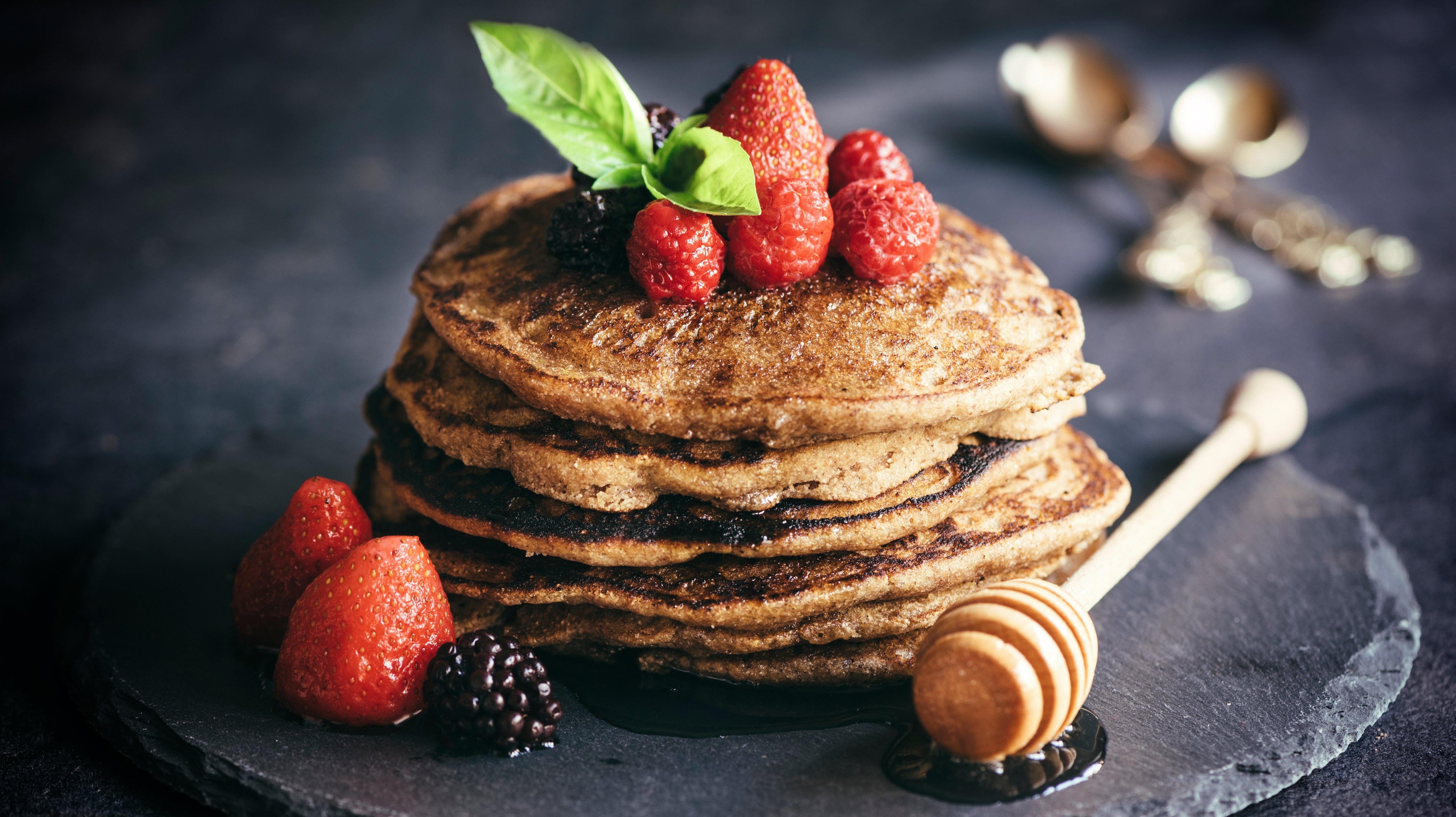
Don’t let the name fool you; buckwheat flour is not a wheat flour. It’s made from grinding the heart-shaped seed of the common buckwheat plant into a powder. The speckled brown flour is both gluten-free and grain-free, and has a relatively potent flavour when used in baked goods. This hearty flour has a strong nutty aroma, almost like peanut butter, and the flavour has an earthy, slightly acidic quality to it. I particularly like making sourdough bread with a percentage of buckwheat flour mixed in.
You’ve probably noticed a trend with the gluten-free flours in this list: They can’t replace all-purpose flour on their own in a 1:1 ratio, and they’re usually accompanied by other ingredients to help bind and build structure. Buckwheat flour functions in the same way. I recommend using buckwheat-specific recipes so they don’t collapse or become dense. However, if you just want their complex flavour in your go-to coffee cake recipe, replace a couple tablespoons of all-purpose flour with an equal amount of buckwheat flour. Its earthy, nutty qualities match well with other strong flavours like chocolate, cinnamon, nuts, caramel, and roasted fruits. It’s particularly popular in pancakes.
Cassava flour
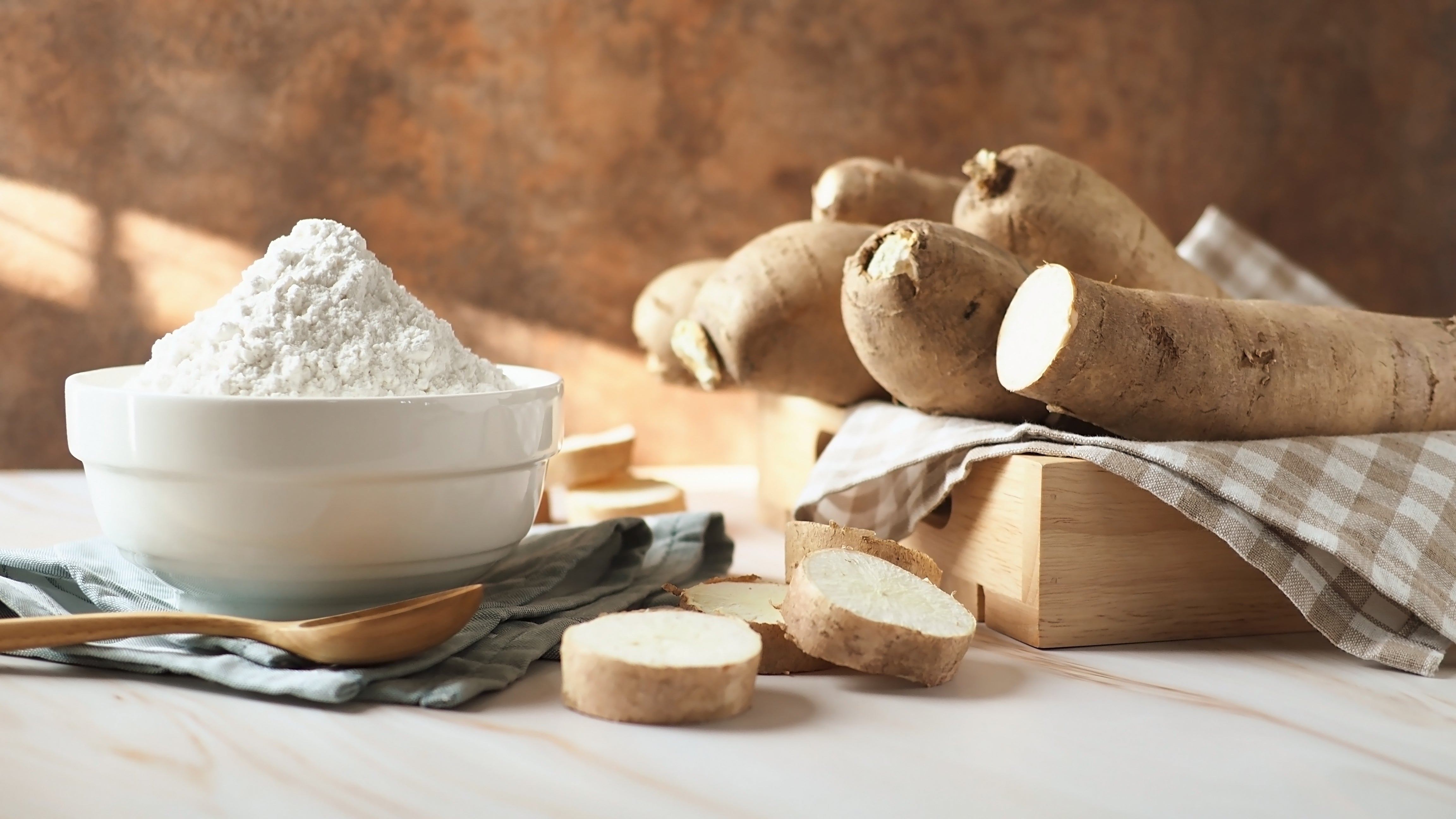
What do cassava, potato, corn, and rice flour all have in common? They all have starch that gets pulled out to make a different product with which the flour can be confused. Cassava flour is different from cassava starch (also called tapioca starch). The flour is gluten-free, grain-free, and made from the entire cassava tuber, including its starch. It’s dried and processed into a fine, white powder, which is neutral to mild in flavour. Unlike other gluten-free flours, which can be gritty or sandy, cassava produces a powdery flour more similar to all-purpose flour. You’ll find many recipes do just fine using only cassava flour, without the help of any extra binders or supporting players. The natural starch in this flour also produces a tempting crust when used in baking, so try it as a gluten-free breading, or in yeast breads like this pizza crust.
Coconut flour
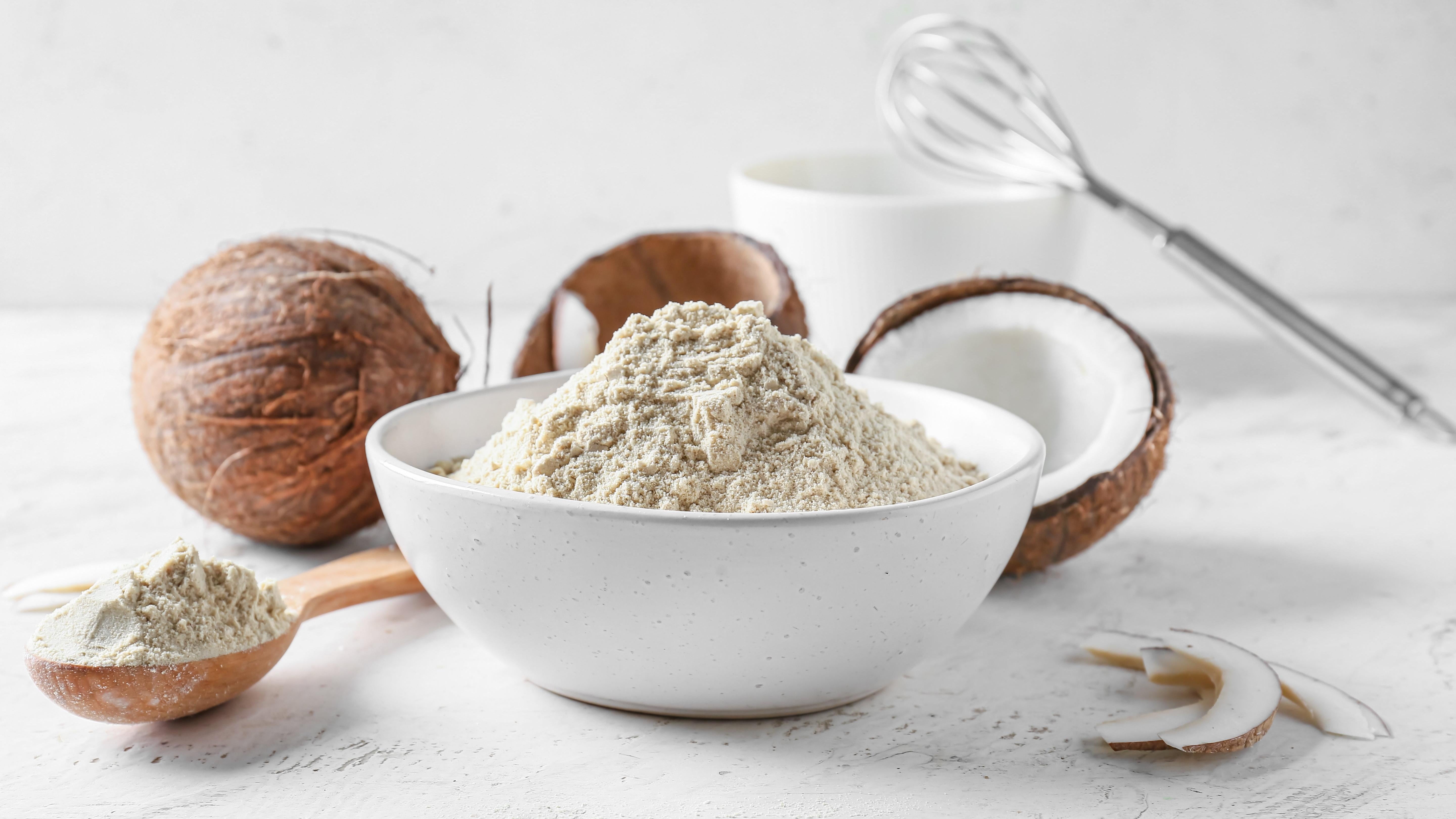
Coconut flour is made by processing the white “meat” of mature coconuts. It’s dried and finely ground into a powder that’s both gluten-free and grain-free. The texture of coconut flour is more free-running and loose than all-purpose flour. Substituting coconut flour for all-purpose is trickier than with other replacements. For one thing, though the flavour is mild, it still tastes like coconuts, so if you’re not a fan you should skip it.
The other issue is absorption. Coconut flour is fibrous and extremely absorbent. It’s so much more absorbent than all-purpose flour that Arrowhead Mills suggests using only 25% of the quantity listed for wheat flour in a recipe. With such a small quantity of coconut flour, and no binding power from gluten or starch, you’d have to adjust a recipe and increase the amount of your binding ingredient, like eggs. At this point you’ve got a whole new recipe. Instead of trying to fit this in as an easy replacement, you’re better off looking up recipes that were designed to be made with coconut flour.
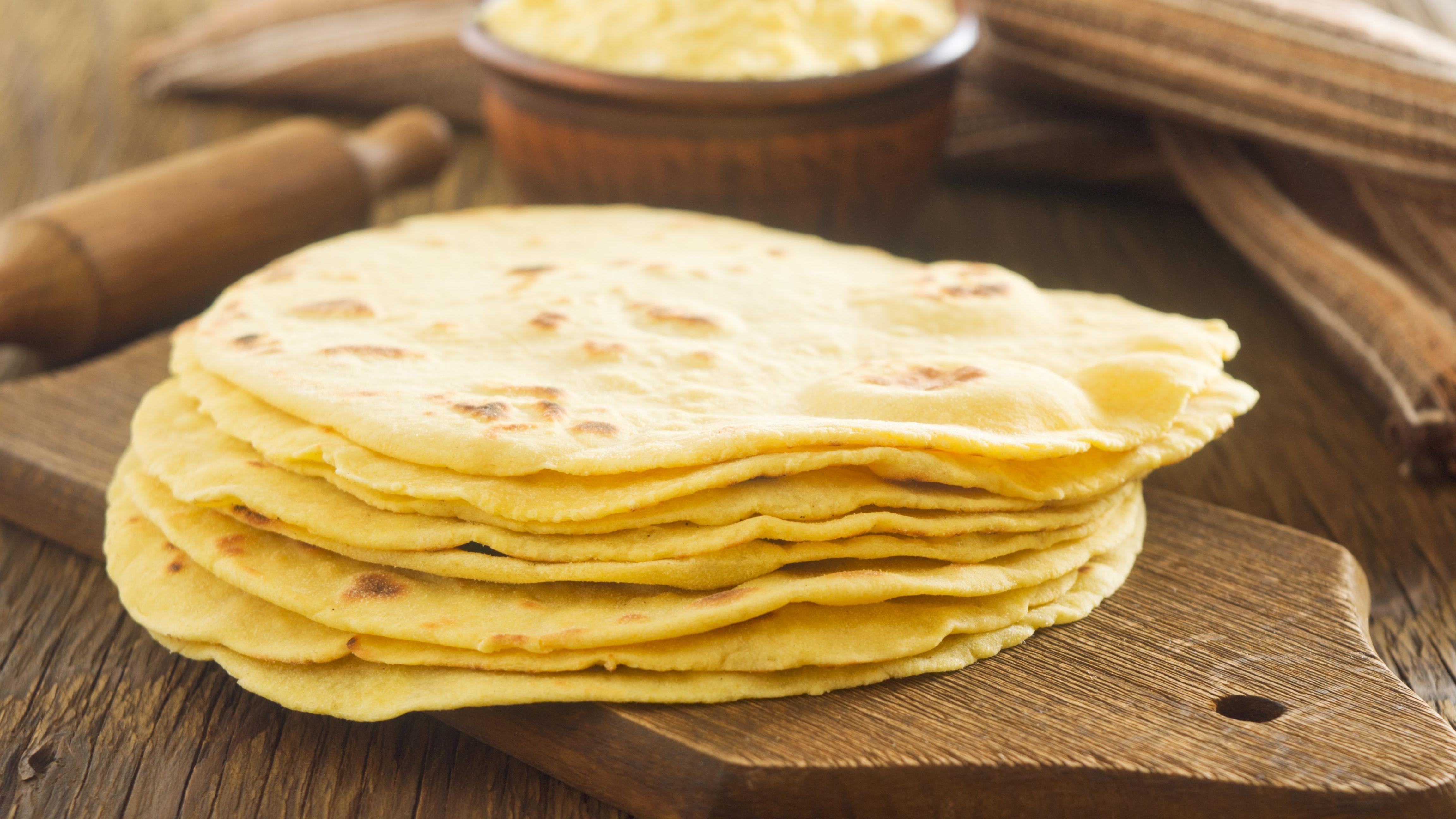
Corn flour
Not to be confused with corn starch, corn flour is made from grinding down the entire dried corn kernel into a finely textured flour. It’s gluten free, and can be a few different colours. Yellow and white are very common (the white variety is usually sold as masa harina), and you can buy red and blue corn flours as well. The texture is even finer than cornmeal, so it provides a more cakey texture. While being mild in flavour, corn flour still imparts a gentle corn flavour to cakes, cookies, tortillas, and flatbreads. Try using it in combination with other flours for cakes, or use it as a flavorful breading.
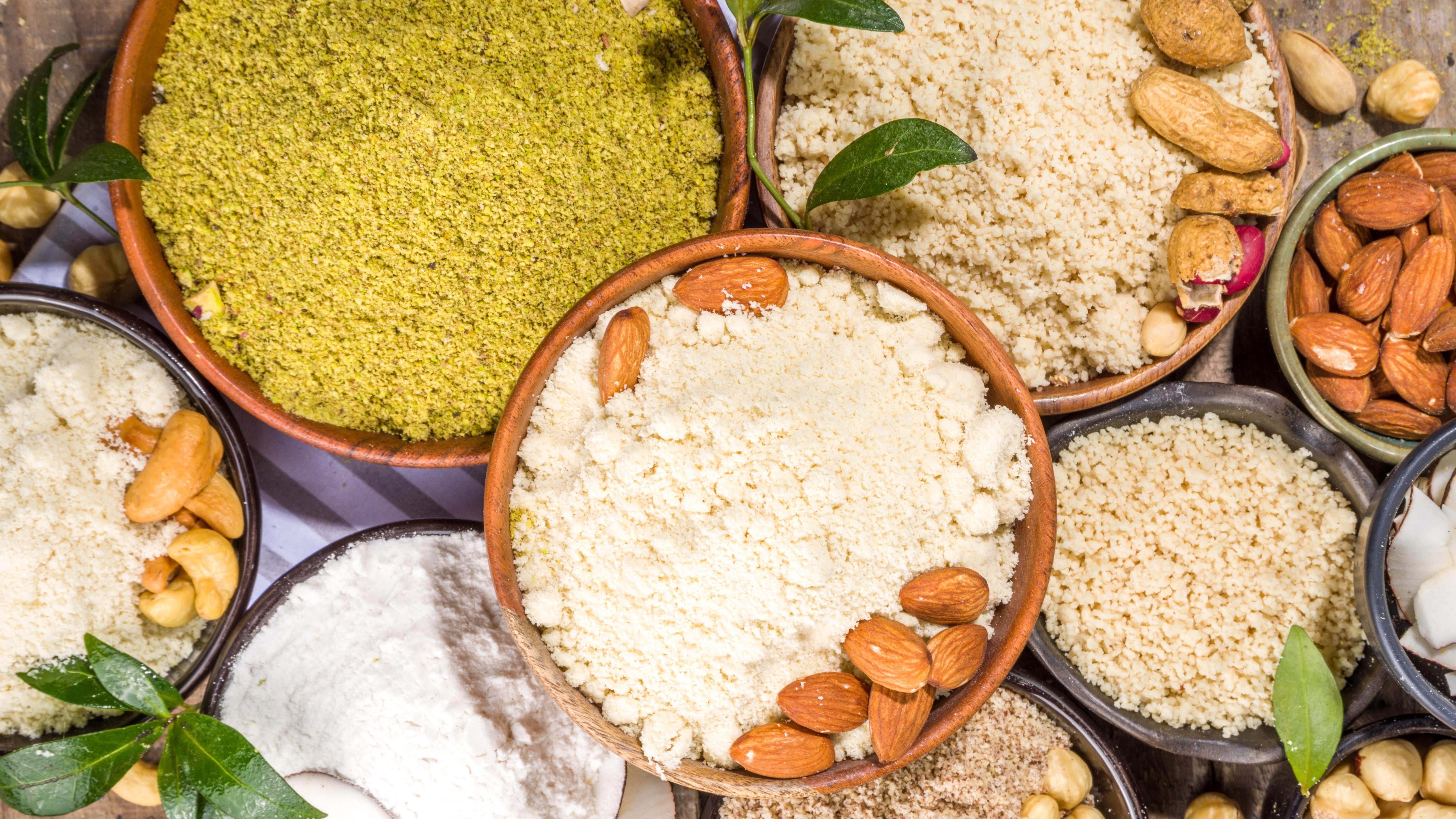
Nut flours
Much like beans, there are numerous nut flours available in grocery stores now. While almond flour has become a household name, there’s also pistachio flour, hazelnut, and walnut flour. Nut flours are gluten-free, grain-free, and wonderfully flavorful. Each flour is made by grinding the namesake nut down into a powdered form, so the flavour of that nut is present in the final product. Nut flours usually have a gritty texture, even when finely ground, so baked goods can be overly delicate or crumbly. Combine nut flours with supporting binders or starches to help hold everything together.
Oat flour
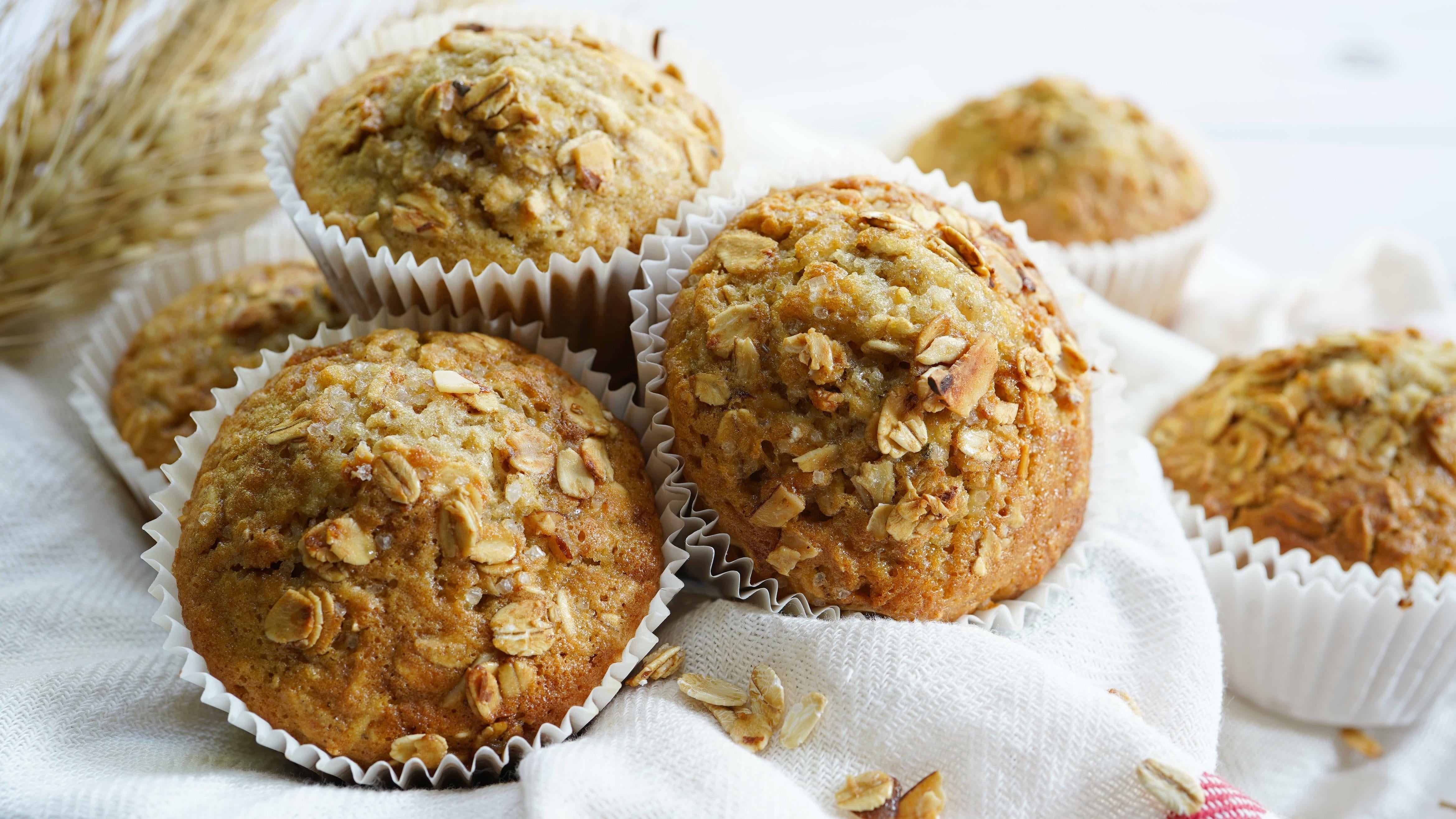
Made from the exact same building block as old fashioned and steel-cut oats, oat flour is made from finely ground oat groats. It’s gluten-free and has the same nutritional make-up as a bowl of oatmeal. Oat flour makes an excellent wheat flour replacement in baked goods, as the flavour is neutral and the starches available in oat flour bind well once liquid is added. Oat flour cakes and cookies will rise well, but the texture might be a tad heartier. You can use it in gluten-free breads, but keep in mind the texture won’t be as chewy as high-gluten breads.
There’s no perfect ratio for replacing wheat flour with oat flour, but the general advice is to substitute equal parts by weight, not by volume. Oat flour is available in most grocery stores, but you can easily blitz up your own in a food processor, though the powder might not be as fine.
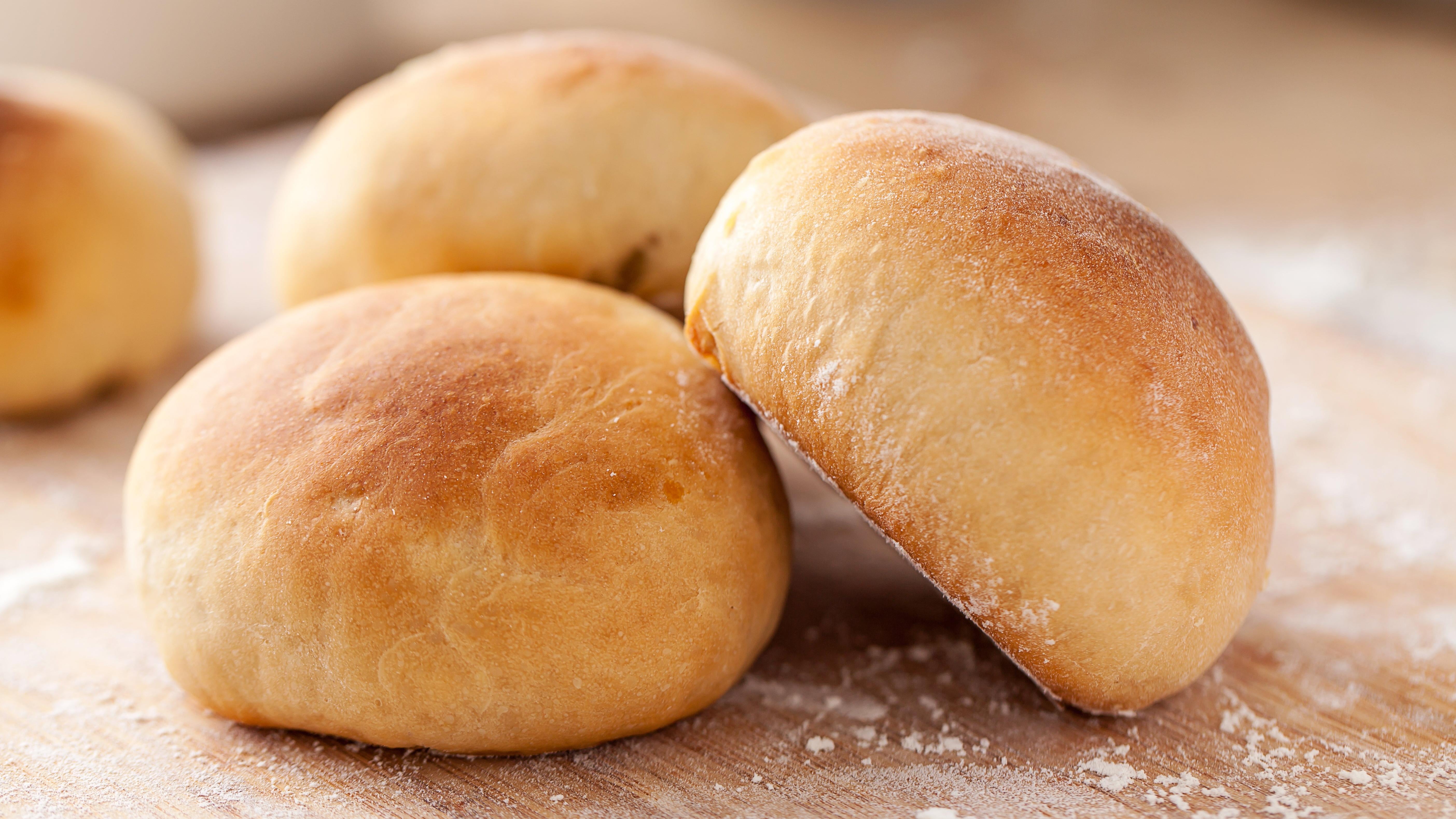
Potato flour
Potato flour is a fine powder made from pulverizing dried, skinless potatoes. Since it’s made from the entire potato, the flour contains the starches, proteins, and fibres that exist naturally in the tuber. Potato flour is different from potato starch, which is pure starch extracted from potatoes. The flour is gluten-free, grain-free, and has a light yellow hue and pleasant potato flavour. Potato flour’s starches hold onto moisture well and can make for equally moist cakes and breads. However, when used alone it won’t be able to provide enough structure to hold the water it absorbs, and can lead to collapse. It’s not recommended to completely substitute potato flour for all-purpose flour. Most recipes will include another flour to work alongside it, so it’s best to find a recipe that is specifically built for potato flour.
Rice flour
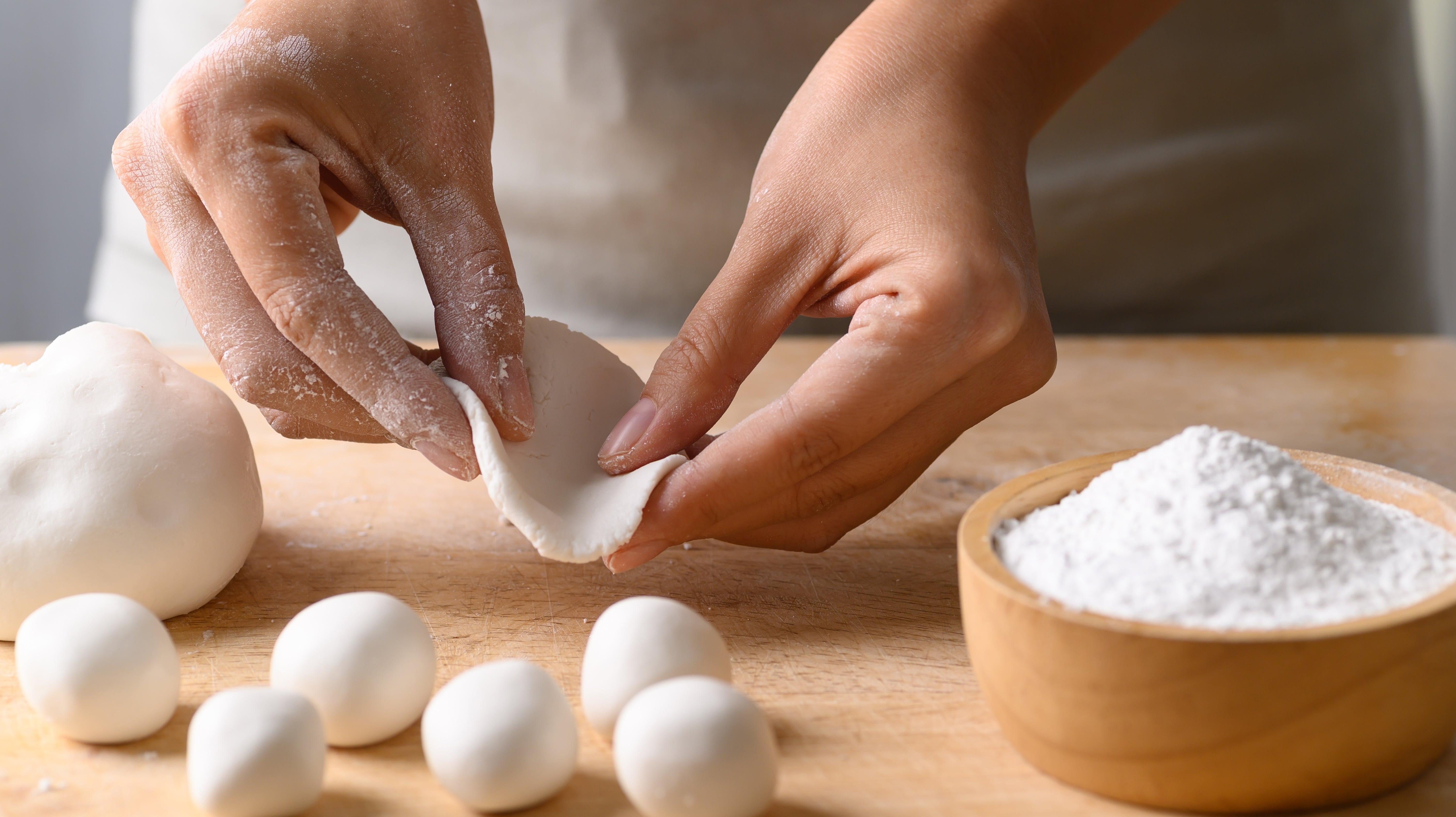
Rice flour is made from finely milled rice. It usually refers to the variety made from white rice and it is ground while it is dry. Brown rice flour (which contains the bran, endosperm, and germ) and sweet, or glutinous, rice flour is also available, and made by grinding the respective type of rice. Rice flour is different from rice starch, which is strictly the starch extracted from rice grains using a different process.
All rice flours are gluten-free, even glutinous rice flour. The flavour is mild and floral, and lends itself well to sitting in the background to highlight other flavours. It’s commonly used in Asian cuisine to make doughs and batters that are sticky and chewy, or light and fluffy. Rice flour is also an excellent thickener and binder, so you can use it to add substance to gravies, soups, and sauces. Use sweet rice flour to make a luxurious gluten-free gravy. You can find rice flour in most grocery store baking aisles, or in an Asian grocery store.
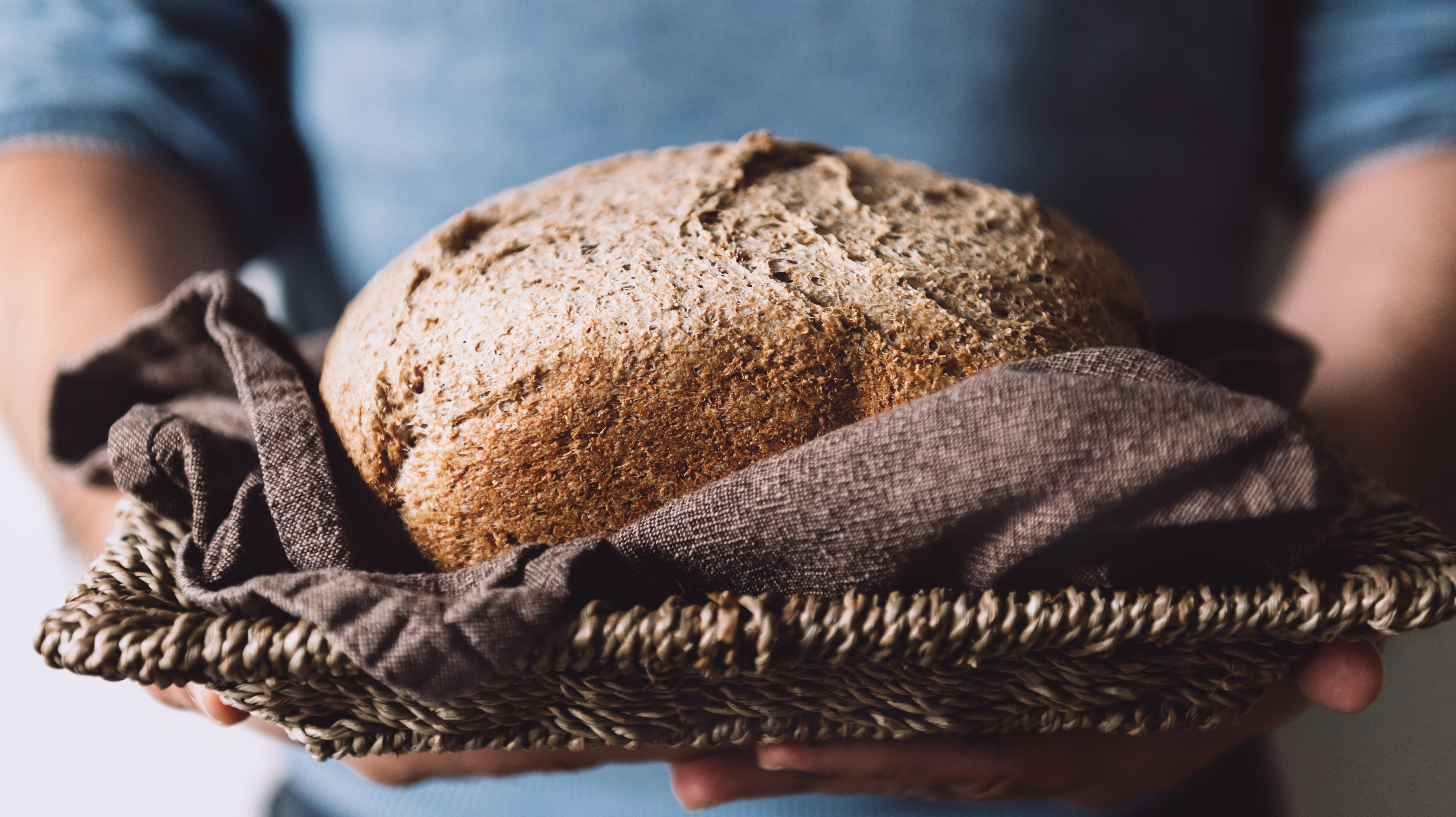
Rye flour
Rye, barley, and wheat are the three major cereal grains, and like the rest of our gluten-three, rye flour is not gluten-free. Rye flour is made by milling rye berries into a fine powder. It’s a light brown flour that adds a hearty texture to baked goods, especially breads. Rye has a distinctive flavour that I might call an acquired taste. It has earthy, caramel notes, and a subtle acidity. It’s not for everyone, but if you like it, you can substitute it into baked goods at an equal ratio to all-purpose flour. King Arthur flour has some tips on how to add rye flour to your baked goods.
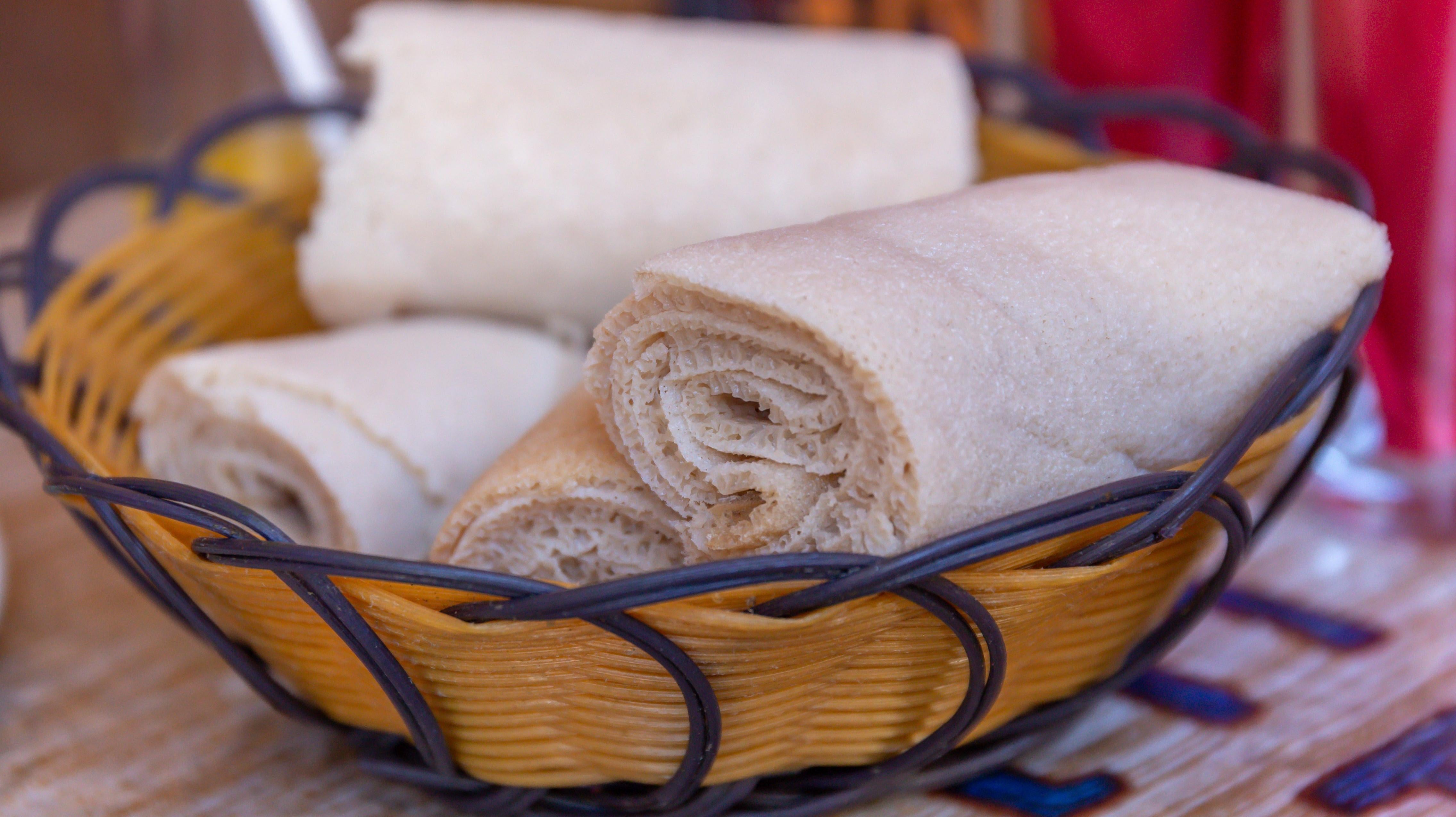
Teff flour
It was the writing on a wall inside an Ethiopian restaurant in Brooklyn first told me about teff. I quickly learned that it’s the smallest grain in the world, and that it makes a soft, spongy bread with incredible flavour called “injera.” Even though teff is a grain, it is viable a gluten-free option. The flour can be a light creamy colour, or a bit darker, and the flavour is mild, nutty, and slightly sweet. It’s made by milling the itty bitty grain into a powder that can be used in baked goods, like pancakes, muffins, cookies, and, of course, springy, delightfully sour injera bread. Teff flour is usually added to recipes in addition to other ingredients that can provide structure. Most recipes recommend substituting teff flour for up to 25% of the recipe’s all-purpose flour measurement to add depth of flavour, but any more and the product can become dense.
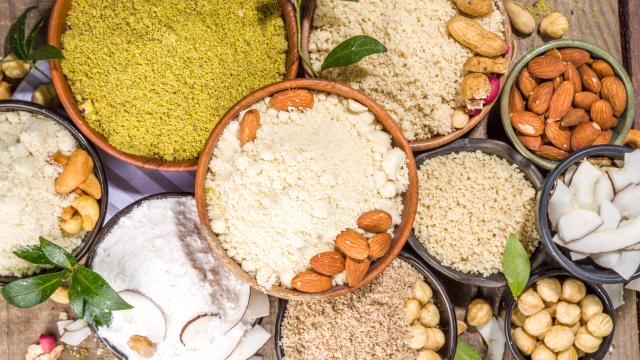
Leave a Reply
You must be logged in to post a comment.